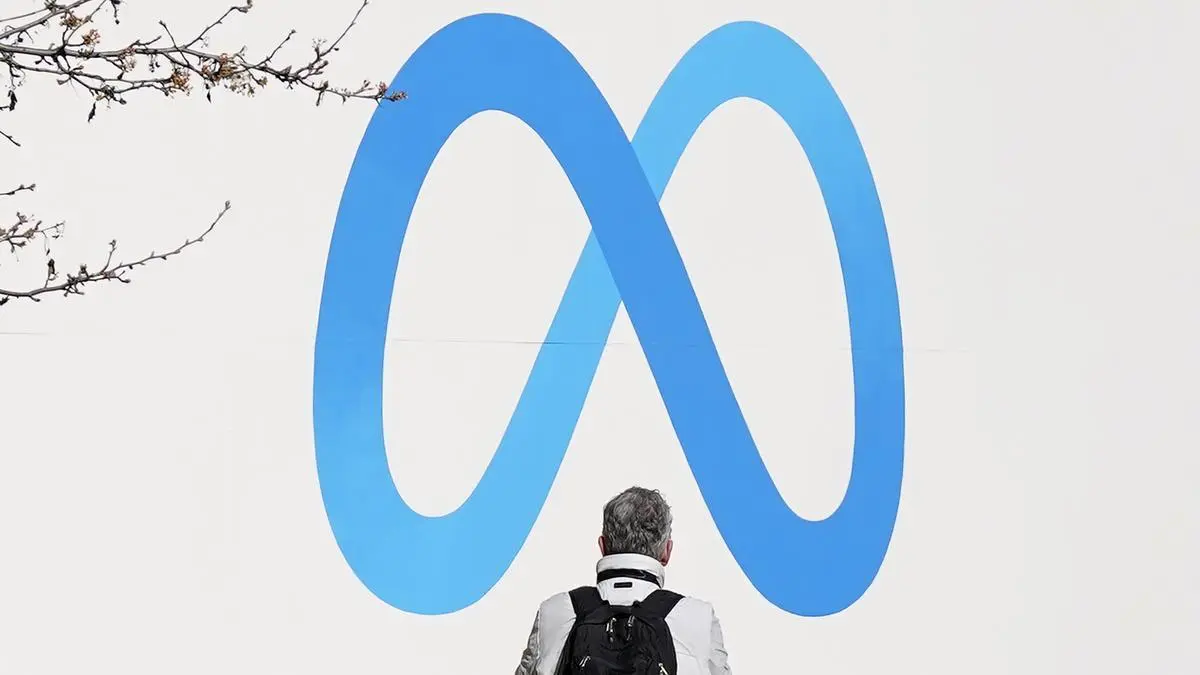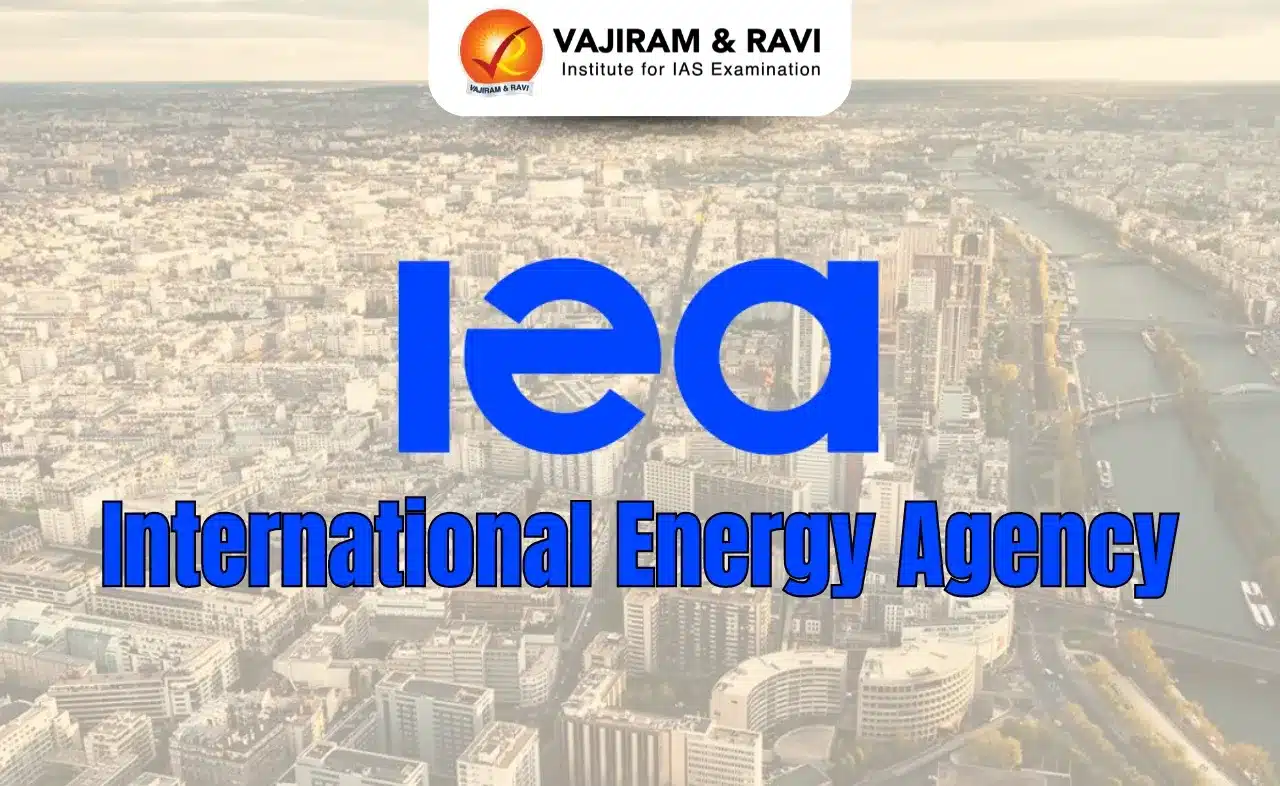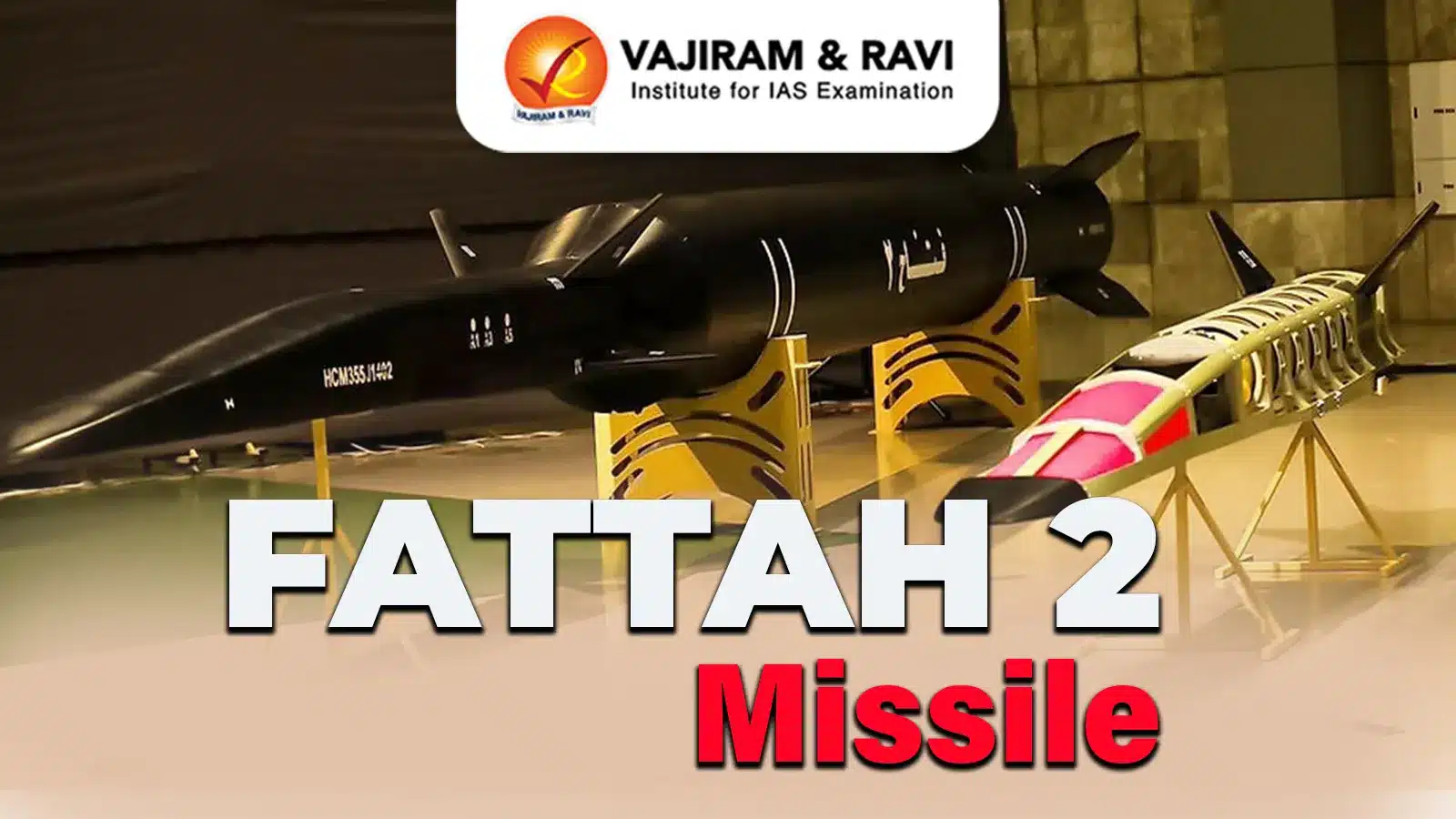About Meta 3D Gen AI System:
- It is a combined AI system that can generate high-quality 3D assets, with both high-resolution textures and material maps, all within one minute.
- It uses two AI-powered sub-systems called Meta 3D AssetGen and Meta 3D TextureGen.
- The system can take text prompts from the user and produce a final output of AI generated 3D content such as characters, props or scenes.
- Additionally, the user can also provide the system with an already created 3D mesh, which is essentially the structure of a 3D model, and ask it to add texture to it.
- How does it works?
- This system uses Physically-Based Rendering (PBR) techniques to build up 3D content from scratch.
- The system first takes an input from the user which contains instructions for creating a 3D structure and its design elements including the texture.
- In the first step, the Meta 3D AssetGen system creates an initial “3D asset” based on the user prompt. This step produces a 3D mesh with texture and PBR material maps. The inference time for this step is approximately 30 seconds.
- In stage two, a higher-quality texture and PBR maps are generated for the 3D asset generated in stage one. This step utilises the Meta 3D TextureGen system that takes approximately 20 seconds, according to the company.
- Additionally, the Meta 3D TextureGen system can be used individually by the user as a text-to-texture generator. If the user provides the system with an already generated 3D mesh along with a text prompt detailing the texture they want on the 3D content, the system automatically initiates step two.
Q1: What is Generative Artificial Intelligence?
It refers to deep-learning models that can take raw data and “learn” to generate statistically probable outputs when prompted. It is powered by foundation models (large AI models) that can multi-task and perform out-of-the-box tasks, including summarization, Q&A, classification, and more.
Last updated on June, 2025
→ UPSC Notification 2025 was released on 22nd January 2025.
→ UPSC Prelims Result 2025 is out now for the CSE held on 25 May 2025.
→ UPSC Prelims Question Paper 2025 and Unofficial Prelims Answer Key 2025 are available now.
→ UPSC Calendar 2026 is released on 15th May, 2025.
→ The UPSC Vacancy 2025 were released 1129, out of which 979 were for UPSC CSE and remaining 150 are for UPSC IFoS.
→ UPSC Mains 2025 will be conducted on 22nd August 2025.
→ UPSC Prelims 2026 will be conducted on 24th May, 2026 & UPSC Mains 2026 will be conducted on 21st August 2026.
→ The UPSC Selection Process is of 3 stages-Prelims, Mains and Interview.
→ UPSC Result 2024 is released with latest UPSC Marksheet 2024. Check Now!
→ UPSC Toppers List 2024 is released now. Shakti Dubey is UPSC AIR 1 2024 Topper.
→ Also check Best IAS Coaching in Delhi
























